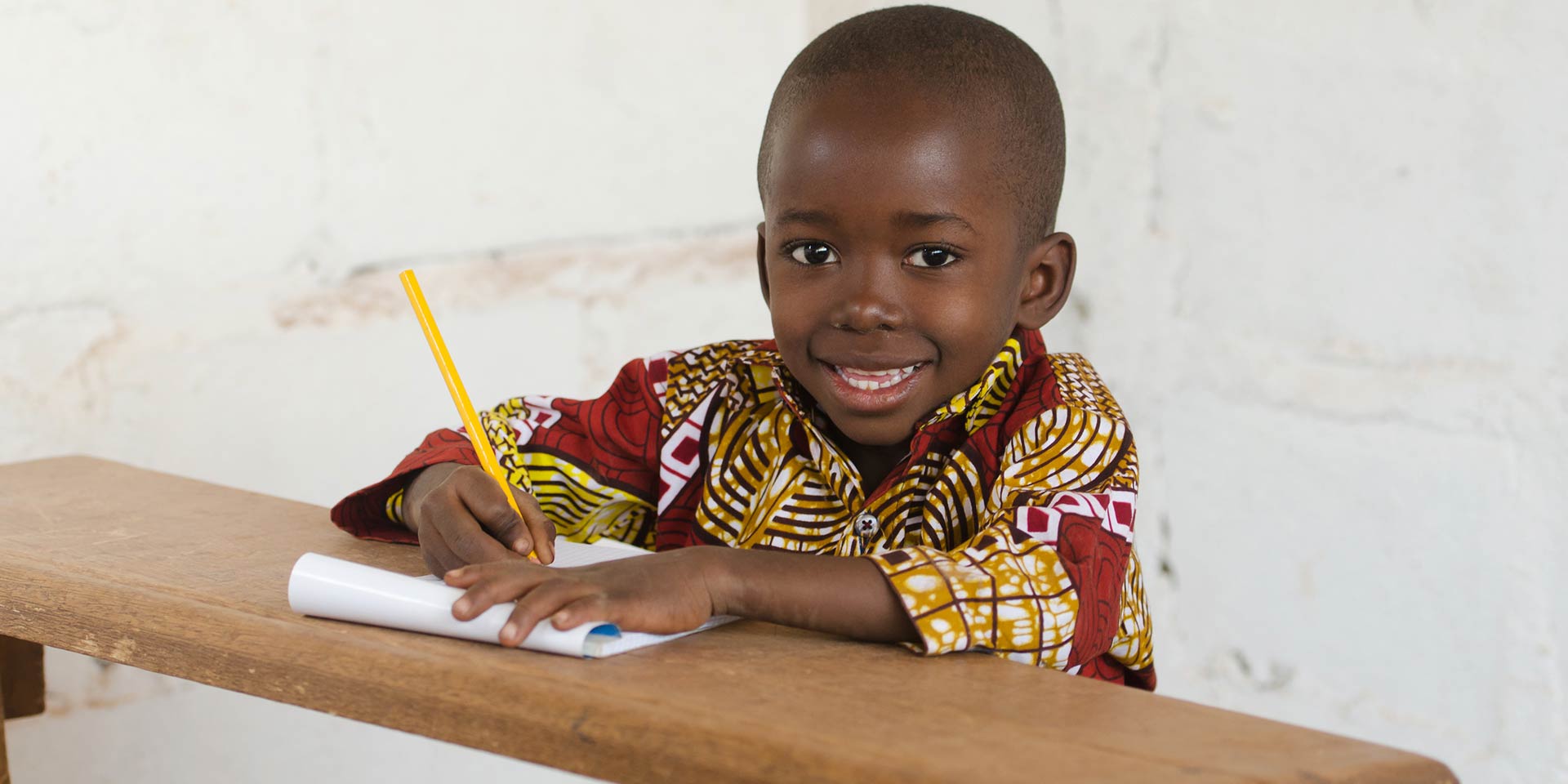From a certain point of view, our life can be divided into moments when we have let circumstances determine our future, and moments when we have gone where we wanted to go, despite the circumstances.
William Kamkwamba exprienced poverty, hunger, and ridicule by those around him to aspire to a better life than that of his parents. Yet these things did not hold him back. His courage and resilience were rewarded far more than he expected.
William was born in 1987 in a village in the African country of Malawi. His family, like most Malawians, made a living from farming. William was his parents’ trusted helper, being the only boy of the family’s seven children. As a child, he could see how vulnerable they were to weather conditions, and how disastrous a drop in corn prices or an increase in seed prices could be. For these reasons he desperately wanted to do something else when he grew up—anything but farming, even though their family was not doing too badly financially.
He found an escape in education. He loved school, and the things he learned there ignited his imagination. He was especially attracted to science. Together with his friends, Gilbert and Geoffrey, he invented various games using recycled materials. He could hardly wait to get to high school, where the lessons learned would be more advanced.
However, in the year William entered high school, a terrible famine struck Malawi. Because all their money was spent on food, his parents could no longer pay the $80 a year for tuition, so he had to drop out of high school. Soon the whole family was starving. The only meal they were having was the evening meal—no more than 2-3 tablespoons of porridge each. That year, no fewer than 7 million people were in the same situation as theirs. Due to late government action, international aid was provided very late, leaving thousands starving to death. Cholera had also broken out due to the miserable conditions, so the majority’s main concern was staying alive.
William found refuge from death and despair at the nearby library. Despite all indications, he hoped to return to high school someday, so he didn’t want to lag too far behind. The small library had books which had been donated mainly by an international organization (the International Book Bank), which aims to increase literacy in underdeveloped countries, so most of them were written in English. Because he could not read English very well, he chose books with many pictures which would make them easier to understand. Fortunately, the science books had many pictures, schemes, and diagrams. He was curious to know how things worked, and when he was studying, he would forget about hunger.
He tried to practice what he learned, but his village, which lacked electricity and had almost no technology, did not give him much of a chance. The only device he disassembled to find out how it worked was the radio of his friend Gilbert, the village chief’s son, who was richer.
In one of the books, he found an image of a windmill, which the book said could generate electricity. His mind immediately connected this to the possibility of irrigating the land. It seemed quite easy to build with the right materials, but he simply didn’t have anything.
He began collecting pieces from the village landfill, where he found a few items that could successfully replace the pieces in the book. He began to build his windmill, to the villagers’ amazement. Everyone, his mother included, believed that hunger had taken over his mind. The only ones who believed in his project were his two friends. Gilbert gave him the last piece he needed to get the windmill started, a bicycle dynamo.
The whole village gathered on the day he wanted to start the mill, most of them to laugh at him. However, when he untied the string that held the blades of the mill together, the small wire-tied light bulb came on. His success was rewarded with cheers and delight. Soon, several villagers with radios came to him to have their batteries recharged.
William then upgraded his installation with a switch and three other light bulbs. During an official’s visit, his windmill could not go unnoticed. Impressed by his achievements, the official told reporters from the capital Lilongwe about it. They came to admire the invention and write about it and its maker. Soon, his story went viral, so he was invited to a global TED event in Tanzania. It was the first time travelled by plane, saw a computer, or had access to the Internet. His speech, though short due to nervousness, impressed the audience. He received a scholarship to study at the best high school in the country.
Returning home, William did not stop improving things for those around him. He set up a science club in his village and, together with its members, built a mill to power the club’s radio. He also built a larger mill to irrigate his father’s gardens, as he had first dreamed of doing when he had seen the windmill for the first time in his science book.
After graduating from high school, he was offered a scholarship at an American university, which he graduated from in 2014. In 2009, he published his autobiography, “The Boy Who Harnessed the Wind”, and in 2011 he was the special guest who opened the Google Science Fair. In 2013, Time magazine included him in their list of 30 young people under 30 who are changing the world.
Looking back on all the challenges he had to overcome, William says that something his grandmother used to say motivated him to keep going. When people asked her why she made bricks, a hard job that only men in Malawi do, she replied, “When your clothes catch on fire, you don’t wait for someone to put them out, because you’re the first one who will feel the burns”. From her, he found the courage to accept and face his problems, and this courage took him much further than he would have ever imagined.



















